Indications that the 2020 Atlantic hurricane season will be active are widely agreed upon across the meteorological community. We believe there will be 15-20 named storms (including the 3 already named). Of those 8-12 will be hurricanes, and 4-7 will be major hurricanes. We believe the middle point of the season will be September 15, and most of the accumulated cyclone energy in the Atlantic Basin will be from August 15 to October 5.
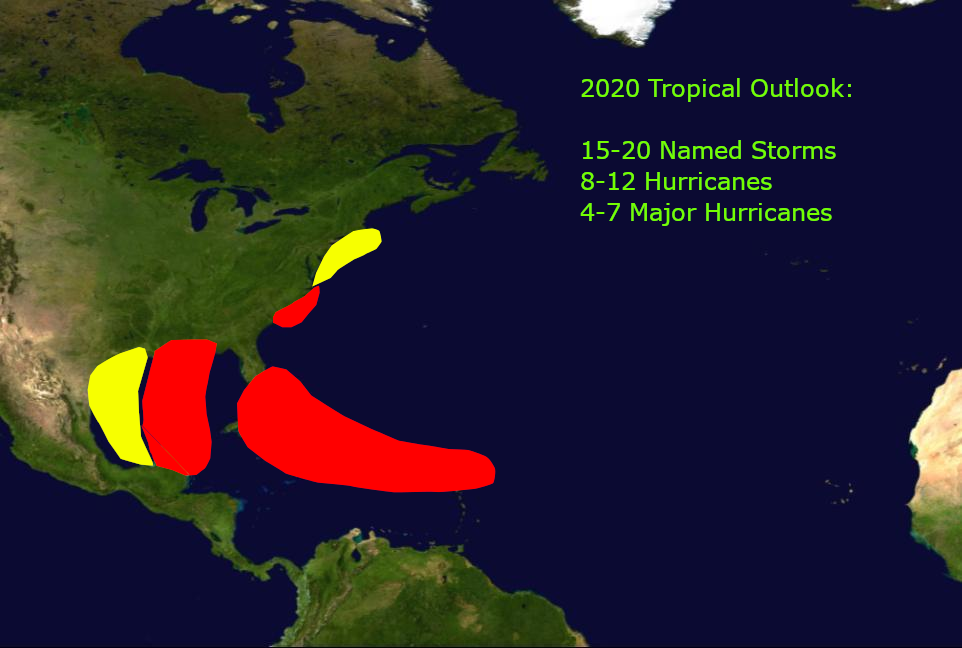
A lot of ingredients are in place for what could be one of the most active hurricane seasons on record. These include warmer than average ocean water, lower amounts of wind shear in the typical hot spots of the tropics in June, cooling south Pacific waters with a weak La Nina developing, and a forecasted unseasonably wet summer across the African Sahel region where Cape Verde storms develop during the mid to late summer months.

We have noticed a pattern of hurricane seasons where the first storm or two often dictates the hot spot for tropical activity for the season. That’s the last news you probably want to hear, but we believe the ingredients are in place for more storms including hurricanes to impact the Carolinas this season, especially in August and September, and possibly even the start of October. I hope we are wrong of course.
The top spots we expect to be affected are as follows:
- East Coast of Florida and Carolinas – particularly the Outer Banks
- Northern Caribbean/Southwest Florida/Bahamas/Puerto Rico
- Louisiana to Florida Panhandle
- Texas/Mexico
- Mid-Atlantic Coast to Cape Cod/Atlantic Canada


One other concern of ours is the threat for slower moving storms, which has happened often in the past 5 years. Storms like 2017’s Harvey in Texas, 2018’s Florence in the Carolinas, and 2019’s Dorian in the Bahamas all ran into large areas of high pressure and stalled, creating record flooding in those areas. The beat could remain the same in 2020.
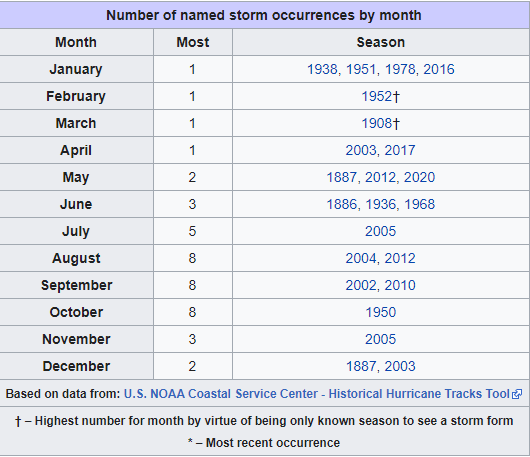
Hurricanes are most common in the Carolinas in September. But they can occur in July, August, and October.
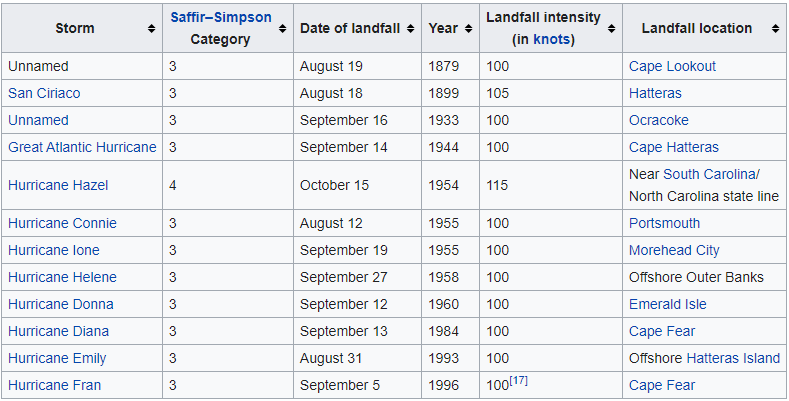

The last major hurricane to hit North Carolina was Fran in 1996, though Floyd in 1999, Matthew in 2016, and Florence in 2018 had been major hurricanes that remained large and very impactful in the Carolinas, creating record flooding in some communities.
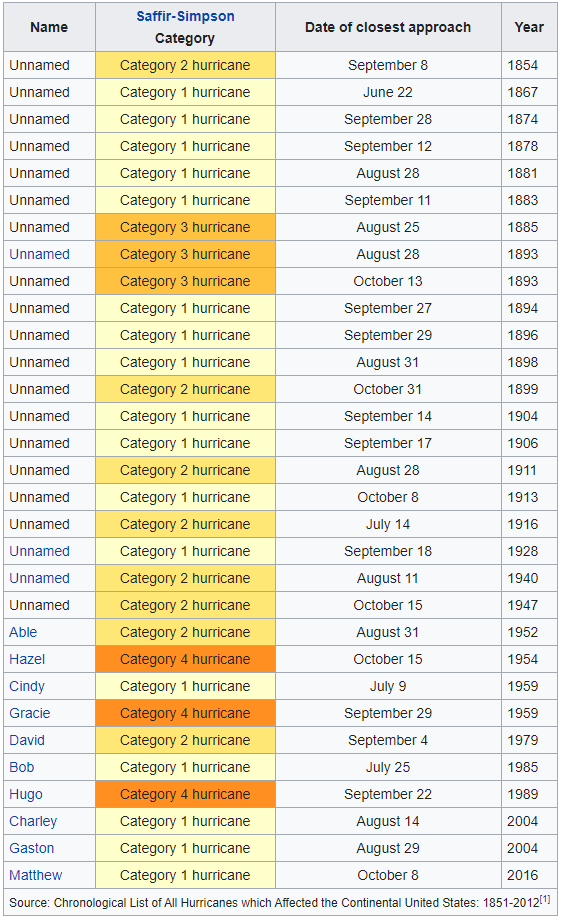
We are off to a record start in 2020 with Cristobal in the southern Gulf setting a record for the earliest third named storm. The third named storm in the hyperactive 2005 season did not happen until early July that season.
We expect to be on our toes this season. Stay tuned for frequent updates when any storms form. Our subscribers will get frequent updates and weekly newsletters. Consider subscribing, especially if you are in a flood prone or surge prone area.
-CWA

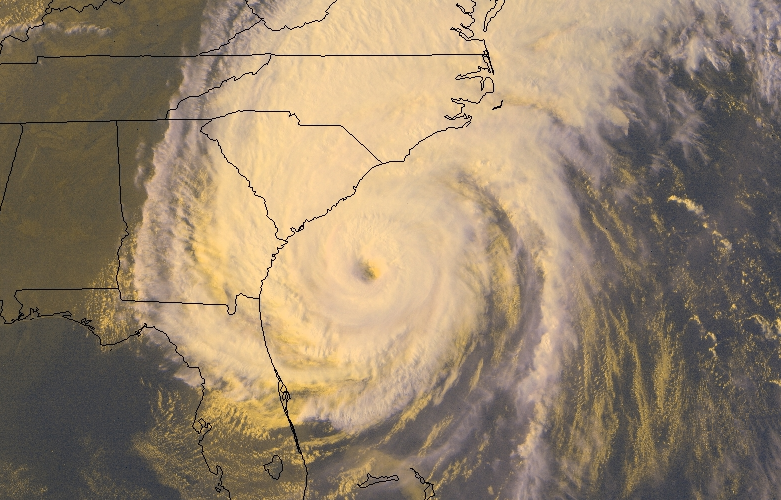
You must be logged in to post a comment.